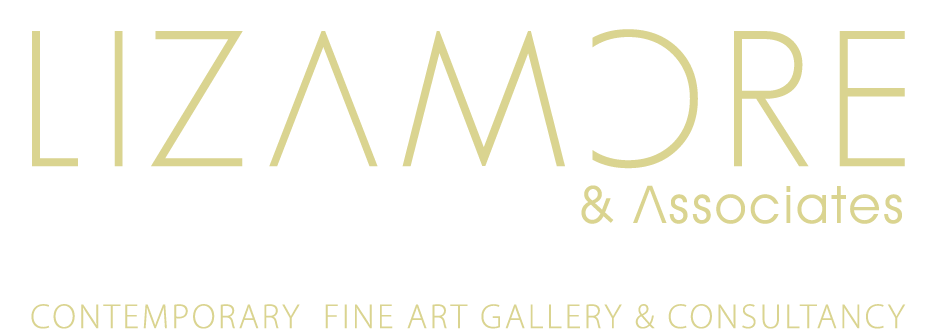07 FEBRUARY 2017 - MARY CORRIGALL, BUSINESS DAY
The Lizamore Gallery’s anniversary show, 35 Years: a Lizamore Perspective, presents many works by artists who were — and are — part of renowned large art franchises the Goodman Gallery and Everard Read.
Kagiso Pat Mautloa, Robert Hodgins, Walter Oltmann, Penny Siopis, Brett Murray, Diane Victor, Wayne Barker, Sam Nhlengethwa and Colbert Mashile all feature.
Since opening in the early noughties, Teresa Lizamore’s gallery functioned as a platform for artists who had yet to gain a foothold in the industry. Victor, Mautloa, Barker and Karin Preller have all showed at Lizamore, which started in the curator and art buyer’s garage and home.
Having worked for more than two decades as a curator specialising in corporate collections for, among others, Sasol, RMB and Telkom, Lizamore also supported artists and galleries.
When assembling Sasol’s collection, her brief was to "support struggling artists", she recalls. "It was vital back then, given that there were so few galleries and not a lot of people bought art — it was viewed as an elitist indulgence."
Through her gallery, she has continued what she started at Sasol, although "struggling" is no longer the main criterion; exposing unrealised or unrecognised talent has been her driving ethos.
Her 35th anniversary exhibition is about reflecting on the successes of her career and, to some degree, her taste and outlook as a corporate curator, art collector (part of her personal collection is on display) and gallerist. Many in the industry have probably forgotten that she championed Mashile before he signed with Everard Read.
Lizamore’s exhibition has other surprises. Showing Mautloa’s small work Reclining Urban Mask in the vicinity of Mashile or Zolile Phetshane exposes his influence and connection to them. Mashile mimics his earthy palette and his art bears traces of Mautloa’s latent surrealist slant. The worked surfaces of Phetshane’s works recall the textured character that has defined Mautloa’s.
An untitled painting by Mashile depicting a tight group of people on a hillside evokes the Marikana massacre, which Phetshane directly portrays in a new painting entitled Marikana a Forgotten Town.
More readily associated with abstract art, this figurative work is unusual for Phetshane and might signal a turn towards more political subject matter.
The connections between these artists’ practices are not exploited. It is a pity.
The "conversations" between artworks could have been activated by more sensitive placement. However, the Goodman Gallery’s 50th exhibition also presented a hodgepodge of art. Smac Gallery and the FNB Joburg Art Fair are celebrating their 10th anniversaries in 2017, so art lovers can look forward to more of these shows.
SA’s art industry has matured. As it evolves and expands, retrospection will take place more often. Anniversary shows such as Lizamore’s tend to present new work by artists associated with the gallery.
Artworks from her collection including works by Hodgins, a small drawing by Minnette Vari, one of Norman Catherine’s hybrid sculptures, a Sam Nhlengethwa entitled Tribute to Judith Mason (who recently passed away), two fine works by Oltmann and a wonderful pink suite of paintings from Siopis’s notorious Pinky Pinky series offer a window into the past and demonstrate Lizamore’s eye for art. She has been discerning, but her choices have not been limited by fashion and reputation. Lesser-known artists such as Giulia Tambellini are included.
A standout suite of paintings is a trio by Karin Preller depicting the white SA of the past in social settings that are pregnant with political subtext. It is not only the subject matter that makes them compelling, but how she rendered these dinner party scenes through a blurred and blue-tinged filter, accentuating a mode of retrospection.
Preller has been overlooked to some degree; she quite easily should be as celebrated as Kate Gottgens and Sanell Aggenbach, whose brand of painting closely resembles hers.
This is one of the pleasures of an exhibition shaped by a degree of retrospection; it brings overlooked artists and threads of South African art into focus. The backward-looking phase in 2017 is refreshing, particularly as commercial spaces are so focused on showing what is hot right now. It is time to take stock of the art world and its players.
Lizamore considers herself a small player.
But she has shaped corporate collections and nurtured and supported young and unrecognised talent at her gallery.
This exhibition reminds us that she helped build the careers of some of SA’s greats.

